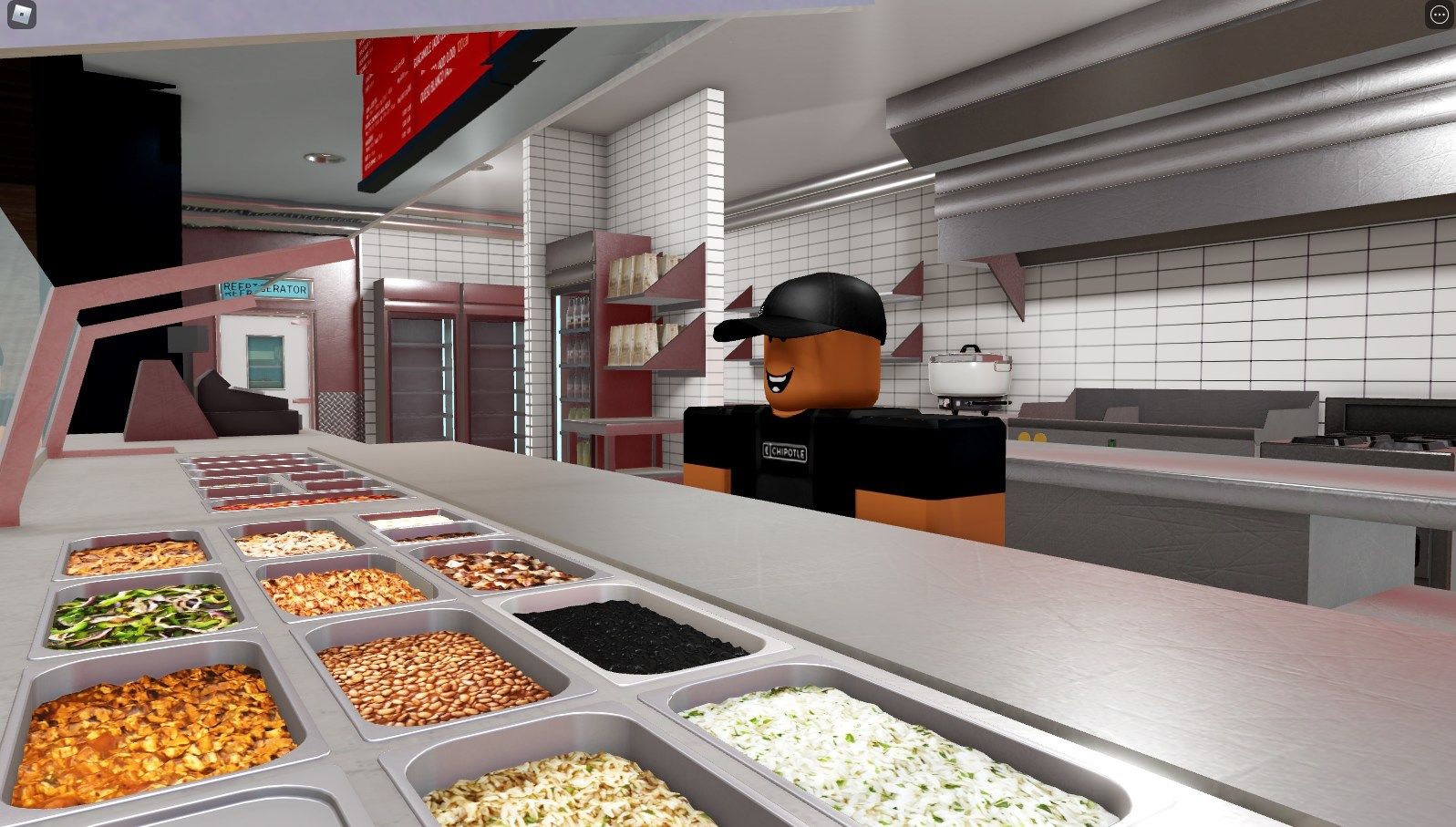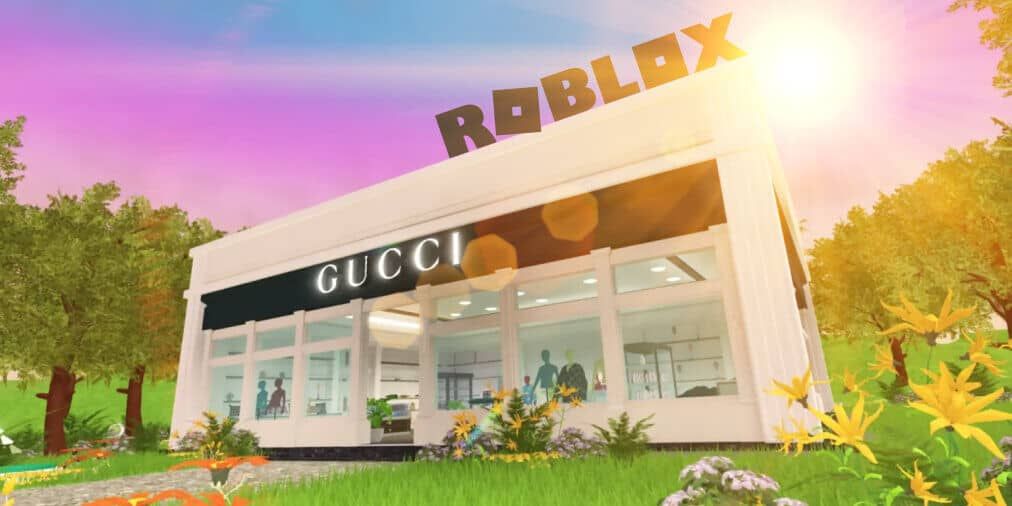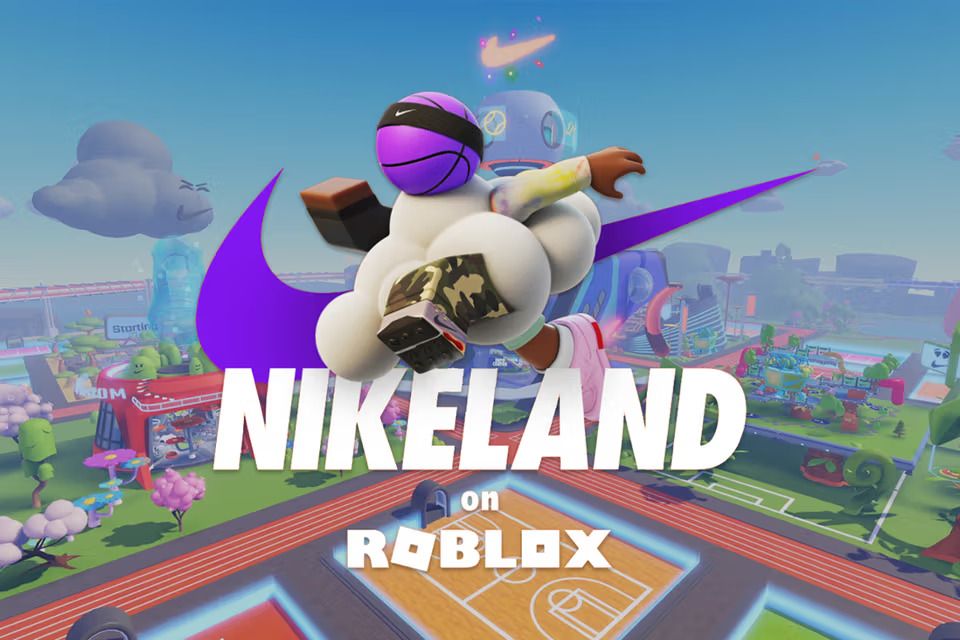As traditional advertising continues to lose its grip on consumer attention, top brands are turning to interactive experiences—especially gamified marketing—to connect, convert, and retain their audiences. Gaming is no longer just a pastime; it’s a powerful marketing tool that blends fun with function.
In this blog, we’ll dive into 5 major brands that successfully used gaming for marketing, explore why interactive marketing works, highlight the dos and don’ts, and show how Playzo.io makes it easy for any brand to launch gamified campaigns.
Top 5 Brands That Use Gaming for Marketing
1. Chipotle – Burrito Builder in Roblox
Strategy: Chipotle launched the Burrito Builder game in Roblox, in which users rolled burritos under time pressure to earn free meal vouchers.

Why It Worked:
- Blended in-game currency with real-world rewards
- Targeted Gen Z where they spend time: in gaming platforms
- Created an immersive brand experience
Impact: Drove massive traffic both in-game and in-store. Showed how gamified brand experiences can boost engagement and footfall.
2. Gucci – Gucci Garden in Roblox
Strategy: Gucci released a time-limited experience in Roblox called Gucci Garden, showcasing digital fashion pieces and letting users personalize avatars.

Why It Worked:
- Merged luxury with digital exploration
- Sold virtual fashion items for real money
- Attracted millions of impressions among fashion-conscious teens
Impact: Some limited-edition virtual Gucci bags resold for more than physical ones. Reinforced Gucci’s cultural relevance among younger consumers.
3. KFC x Genshin Impact
Strategy: KFC collaborated with Genshin Impact in China to offer branded in-game items for customers who bought real-world meals.

Why It Worked:
- Leveraged the massive fanbase of Genshin Impact
- Bridged the physical and digital worlds
- Made ordering food a collectible-driven experience
Impact: Huge lines at KFC, viral buzz, and increased app downloads.
4. Coca-Cola – “Pixel Point” in Fortnite
Strategy: Coca-Cola partnered with Fortnite Creative to launch “Pixel Point”, a virtual island featuring mini-games inspired by their limited-edition “Coca-Cola Zero Sugar Byte”—a flavor “born in the metaverse.”

Why It Worked:
- Immersed users in a gamified digital world themed around Coca-Cola
- Linked a physical product to a digital experience
- Leveraged Fortnite’s massive Gen Z player base
Impact:
- Massive awareness around the Byte flavor
- Viral engagement and increased brand affinity through interactivity
5. Nike – NIKELAND on Roblox
What they did:
Nike created NIKELAND, a virtual world on Roblox where users could play sports-themed mini-games, dress their avatars in Nike gear, and even experience product drops in a gamified environment.

Why it worked:
- Reached Gen Z audiences on a platform they already loved
- Blended gaming, branding, and commerce seamlessly
- Promoted real-world Nike products through digital experiences
It’s a standout case of how a major brand used gaming not just for awareness—but for interactive product marketing and engagement.
Why Interactive Marketing Works (and Pays Off)
Interactive marketing isn’t just cool—it’s profitable.
Benefits of Interactive/Gamified Marketing:
- Retention Boost: Increases repeat visits by 48% compared to static ads.
- More Time Spent: Games hold attention longer than traditional ads.
- Higher CTR: Interactive content gets 2x more engagement than passive formats.
- Data Collection: Games can collect user behavior, preferences, and feedback without being invasive.
According to HubSpot, interactive content generates 2x more conversions than static content.
Dos and Don’ts of Interactive Marketing
DO:
- Make it fun & rewarding: Games should have incentives—points, badges, discounts.
- Stay brand-aligned: Ensure your game experience reflects your product tone and style.
- Track performance: Use analytics to see what’s working.
- Test & iterate: A/B test your game mechanics and rewards.
DON’T:
- Make it too complex: Keep gameplay easy to understand in seconds.
- Force it: Don’t use games for the sake of it. Tie them to goals (product discovery, feedback, loyalty).
- Forget mobile: Ensure it’s optimized for phones, where most engagement happens.
- Skip rewards: Gamified campaigns without rewards often fall flat.
Final Thoughts
Top brands like Chipotle, Gucci, and KFC show that gamification isn’t a gimmick—it’s a growth strategy. Whether you’re in fashion, food, beauty, or tech, interactive content gives your audience a reason to stay, play, and buy.
With platforms like Playzo.io, creating these experiences has never been easier.
Want to make your next campaign interactive?
Try Playzo.io and launch your first branded game in minutes.